Two Weeks in Havana

“Our time in Cuba was one of my favorites in all our years of travel,” declared my extremely well-traveled wife. The culture shock and sober analysis I shared in my last two posts were real, but the overwhelming experience of two weeks in Havana was WOW!
Colonial Architecture
Every day we jumped in a “collectivo” - a shared ride in a class old car - into a neighbourhood, then walked an average of 14,000 steps in constant awe of the beautiful buildings, gardens and public spaces. Havana was the pinnacle of Spanish colonialism and one of the richest cities in the world, and the buildings reflect that. Buried inside these ornate facades are rich inner courtyard worlds. “Parador” private restaurants are set inside these real homes and living museums, as are museums themselves. Untouched by world war bombings, and sometimes well-maintained (though the crumbling structures have their own majestic/tragic beauty), Havana has to be one of the most beautiful capital cities in the world.
Parks also abound - from corner parkettes and neighbourhood squares to the Bosque Habana winding along the river, to the oversold and underused “Malecon” seawall. I got my picture taken with John Lennon at one such square (see the slideshow below, where you’ll also see me with Ernest Hemmingway, a pious nun and some modern art creatures) - a guard gently placed the prop glasses on the statue, then put them back in his pocket for safekeeping from the many tourists who used to steal them. That same John Lennon Square transformed into a vibrant marketplace on Saturdays, where I had my last icing-drenched cupcake from a wooden push-cart on our final day.
Music and Art in Havana
The music and arts scene is alive and vibrating in Havana. Multiple art galleries (including El Ojo del Ciclón, in an old house where they incorporated the bathroom and other rooms into the layout - see their bizarre foosball table in the slideshow below) dot the historic area of Old Havana (“Havana Viejo”). The National Museum of Fine Arts has an eclectic 3-century collection from local artists; murals and statues pop out on every street; tiles and gargoyles and ornate window frames remind us that art used to be incorporated into everything we create. Fusterlandia is a Gaudi-inspired ceramic explosion that can only be rivaled by the Orange Show in Houston TX for the passionate, creative, bizarre expression of one artist transforming his community. Oh, I should add the Trader Vic's vintage 1950's bar lounge, still an operating bar but also a timecapsule art exhibit (see photo).
Surprisingly, fabulous Cuban music wasn’t pulsing out of boom boxes from every door and moto-taxi. But there was always live music at many of the street cafés and restaurants - drum rhythms I couldn’t possibly clap along to, then guitar and horns and voice seemingly with an entirely different rhythm except they all mysteriously worked together. Enjoyed a cold Coke (imported all the way from an Arabic nation thanks to the US blockade) at a corner café to watch 5 musicians creating together - one would suggest a rhythm, another a melody, after a few minutes of exploring and negotiating it would all come together into something never quite heard before.
Our best night out was at the Fabrica de Arte Cubano, an old multi-level warehouse space converted into a collective art experience - exhibitions of paintings and creations, DJ dance basement, Rhumba lesson with 100 people, bars and taco stands, and always new performances. The night we went, a gender-affirming fashion show was the feature. A bold taxi driver offered to take us home for the “special” price of $20 - we walked away until another agreed to $4.
There were two other equally-best nights out. The Catedral de San Francisco has classical music concerts every Thursday night, where we saw the powerful Cuban National Choir (including a unique acapella rendition of Bohemian Rhapsody.) And the Cuba Vibra! show at the majestic old opera house Teatro Real was also the launch of an international tour, featuring traditional and modern and jazz dance, & song, even some big Tropicana/Vegas-style costumes and dance numbers. The powerhouse singer was evidently a legend whom everyone gushed about getting to see, though oddly no-one could actually remember her name.
Afro-Cuban Culture
Cuba was the last country to abolish slavery in Spanish America in 1886, due to the high labour intensity of sugar cane farming. As a tasty way to learn more about the ongoing vibrant culture, we booked an AirBnB Experiences tour to a home in the Guanabacoa neighbourhood, where we were shown a Santería religious home altar, “helped” cook a traditional meal, and awkwardly joined into a dance/music performance with a local band. It was puro-touristico and devoid of any depth of analysis, but a yummy and light introduction.
Santería is a religion with blended traditions from the many African nations from which people were stolen in the slave trade. It was strange to see various traditions I have witnessed in Tanzania, South Africa, Ghana, etc all combined into a single “African” way, but also powerful to witness how this population has preserved their origin in a meaningful, evolving manner. On a Saturday we went to the Callejon de Hamel, an alleyway with murals and art installations that pay tribute to Afro-Cuban culture, and which on Saturdays pulses with Santeria live music and dance ritual. It was a confusing mix of performance for us tourists and genuine expression of culture and faith for participants.
Walking along the river in the Bosque de Habana, we came across the real thing. This is where the Santeria come for outdoor rituals. Staying a respectful distance and watching only a short time, we witnessed drumming, dancing, and ritual river washing. We did not see a chicken sacrifice, but there were plenty of feathers and red string all along the pathways.
Vedado - Living in the Burbs
While we went to Old Havana at least every other day, having an AirBnB in an outlying neighbourhood was not only a respite from the pulsing energy of downtown, but also a chance to explore. Easy access to cheap ($3) and mid-range ($10) restaurants, endless ice cream and pastries, and elderly women selling single cigarettes in front of the corner ice cream shop at night.
Like most buildings, additional units have been added informally on our rooftop, with their wires and pipes running up through the steep stairwell. Manuel happily showed us his rooftop home with ocean views and the entire city sprawling below, onto which he is currently adding a 2nd room for his wife and children. His industry and creativity has created a home that is at once humble and extraordinary for his family.
Our apartment overlooked the Necropolis, the famous cemetery with roads laid out in the same grid as Havana. Monuments and graves for revolutionary martyrs were spread throughout, as were various worker unions’ mass plots for their workers. We visited the shrine of Señora Amelia Goyri - “La Milagrosa” - whose heartbroken husband’s love (he visited several times a day, always knocking on the iron ring four times and walking away backwards so that he could see her for as long as possible) was so powerful that the baby who had been laid at her feet miraculously reappeared in her arms. Now, people bring flowers and offerings, knock four times then back away as her husband did, to ask for healing miracles. The cemetery’s 50 hectares are now full with over 800,000 graves and one million interments, so new arrivals only get three years of peace before being removed from their tombs, boxed and placed in a storage building.
From our balcony we could also enjoy the steady parade of classic American convertibles ferrying tourists from the Plaza de la Revolución, with its monuments to José Martí and Che Guevara, towards the beachfront mansions in Miramar that now serve as embassies and government offices. The most prominent is the Russian embassy, a towering “constructivist” monstrosity of questionable taste. The photos below show an array of Chevy’s, Fords and other old beauties - while we never paid the $50 for a convertible ride, we were stuffed into plenty of old classics for our $0.50 “Collectivo” shared taxi rides.
Where to Eat in Havana
Short answer - don’t. Don’t go to Cuba for the food - save that craving for Mexico. The private groceries in our neighbourhood (and the one we walked 90 minutes to reach) had little variety and even less healthy options. Meat came in squeeze tubes and seafood is only for tourist restaurants. It took me a week to find eggs, and even that was when guided by a succession of several helpful people to find the one vendor who had them in her carport stand. When supplemented by the suitcase of canned tuna and peanut butter we brought from Costa Rica, we were able to mostly cook for ourselves.
Best restaurants in Havana? Local lower-cost restaurants all had the same menu, and expensive restaurants were similarly limited by what ingredients are available. They weren’t bad, and weren’t outrageously priced by tourist standards, but little to write home about. Two exceptions: the croquettes at Antojos’ street café were out of this world, and a rooftop feast at La Guarida had delicious food, sweeping views, and shows off a beautiful old colonial house that was the 1994 film set of Cuba’s first Oscar-nominated film “Strawberry and Chocolate.”
Havana, just Havana
I read several “Two Weeks in Havana” posts to glean ideas, but most of them whip through Old Havana in 2 days then head out to the countryside. We chose to truly focus on Havana, and never ran out of things to discover. One exception was hopping the local bus to one of the nearby white-sand beaches (Playa Mar Azul) where we spent the day with the professional dancer we met on the bus (who showed us her picture in a full- feathered Vegas-style costume posing with Mikhail Gorbachev). She treated us to a recliner chair and umbrella (for $1 USD) and shared the generous picnic she had packed for her children, and we splurged for some fried chicken and plantain chips. Given that we were 40 minutes from town and the only foreigners on the beach, this wasn’t really an “exception” - day trips to these local “Playas del Este” beaches are a part of life for Habaneros who can eke out the extra resources for family adventures.
The big exception - not only to our Havana focus but also to our usual off-the-beaten-track travel mode - was to book a day tour to the tobacco-growing region of Viñales. The main goal and highlight for me was to travel 3 hours into the Cuban countryside. Slowing down to pass underneath frequent bridge structures built as military control checkpoints. Tired hot people endlessly waiting roadside in the hot sun or under the bridges to flag down a bus or “collectivo” shared taxi or (further out from the city) horse- or ox-drawn carts. So much uncultivated land, and closed-down or still-active factories. Farm fields being turned by oxen-drawn plows. Small rural houses built mostly out of cement block and with electricity (my expectations of rural conditions is always tempered by my years with Habitat for Humanity in Africa) and an impressive cacophony of roofing styles (thatch, metal, clay tile, cement tile, flat, tarp).
Viñales itself was a perfectly-crafted tourist destination. Fifteen minutes at the valley overlook (just long enough to buy paintings and a drink, they hope), 30 minutes at one of the largest outdoor cliff-side murals in the world (just long enough to buy more paintings and a drink), a walk and boat ride along an underground river cave system (where I did buy a glass of fresh-squeezed sugar cane juice, minus the rum), lunch at a “tipico” family-home restaurant, and the grand-finale tour and rum/cigar tasting at a tobacco farm (with just enough time to buy cigars and rum straight from the source). Being neither a drinker nor a smoker it dragged on, but learning about how they harvest leaves from four different parts of the plant to use in four different grades of cigars (the worst grade being used for cigarettes, which are held in disdain in Cuba) was interesting. Like all farms and jobs, the government takes 90% of their crop to run the country, and the producer keeps 10%.
Two weeks in Havana was perfect for the slow, immersive, and rather thorough experience of the city we were wanting, and probably much more than a more normal tourist would enjoy. I do wish we had planned an extra few weeks to truly get out into the countryside. Trinidad is a UNESCO World Heritage Site (as are old Havana and Viñales) I would have loved to have some time to explore. Viñales could have unfolded more slowly with an overnight and a bicycle instead of an air-conditioned minivan. Santiago de Cuba and the mountain areas way down at the other end of the island are rich with colonial and revolutionary history. And all in between these typically-touristed destinations lie the small towns and farms that are home to almost a quarter of all Cubans. We came to understand and love Havana; next time, there’s a whole country for us to explore.
Subscribe now to get an email notification when a new post is published.
(Be sure to check your inbox to confirm your subscription.)
2 Comments
Leave a Comment
Currently in...
Monteverde, Costa Rica, for 2 months of cloud forest and community
Heading to...
Chicago/Montreal for Christmas, then Thailand (Chiang Mai), Vietnam (Hoi Ann, Feb-Mar). Please share any sites, people or ideas by email.
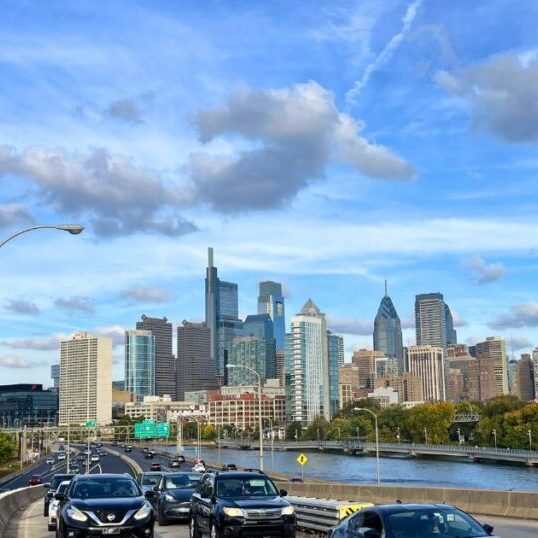
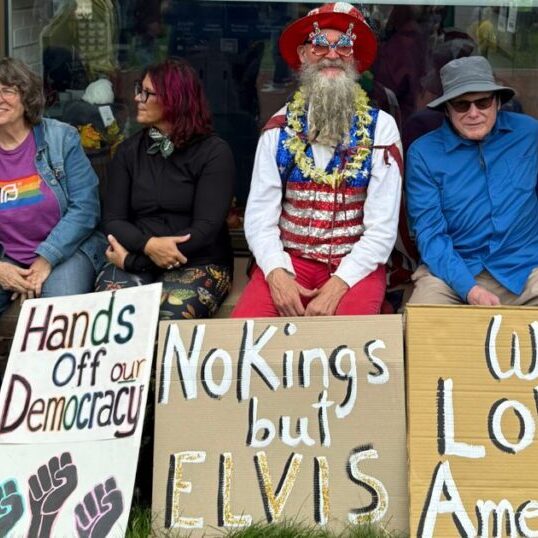

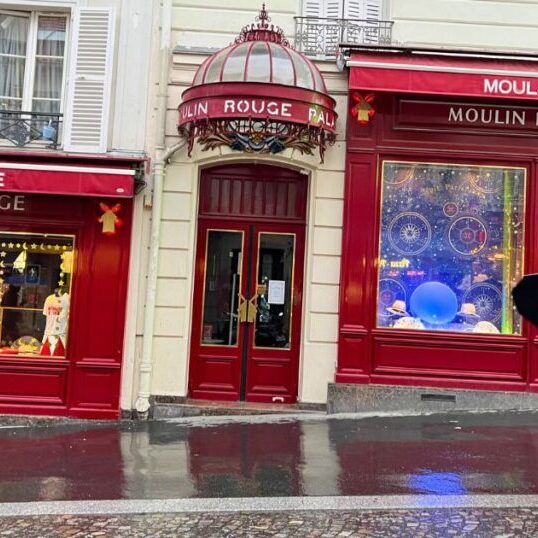
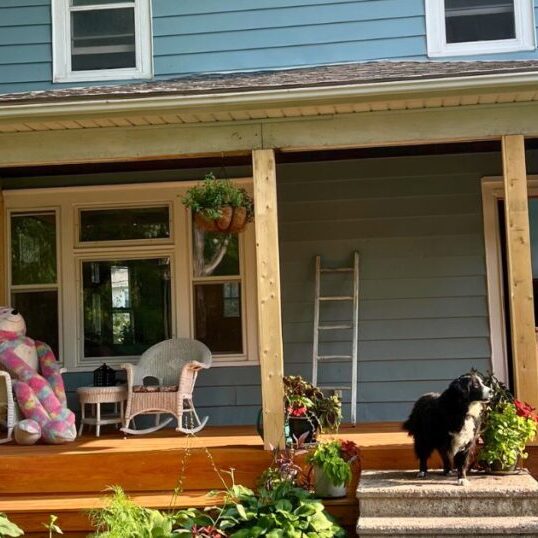
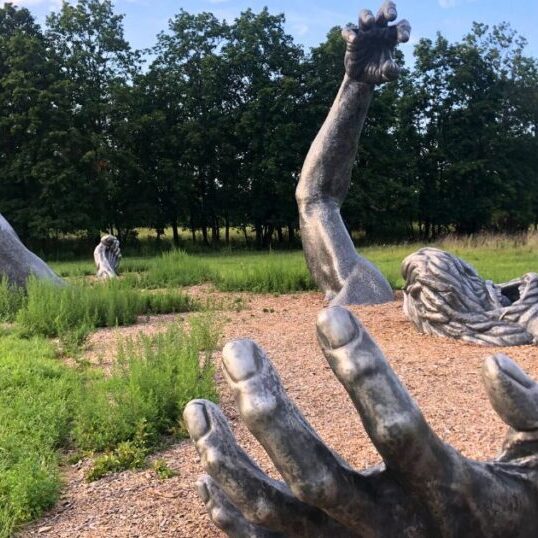

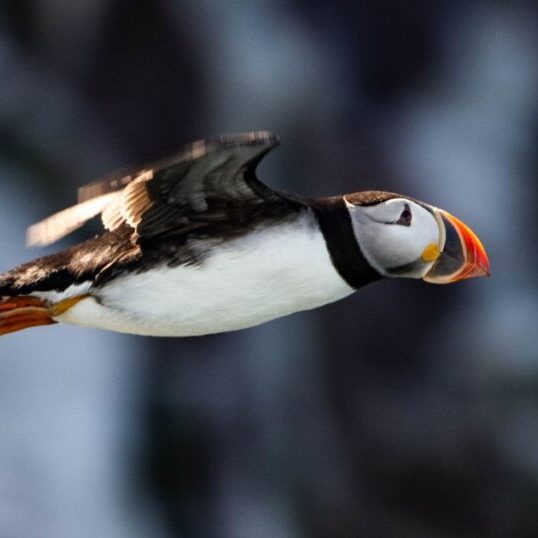



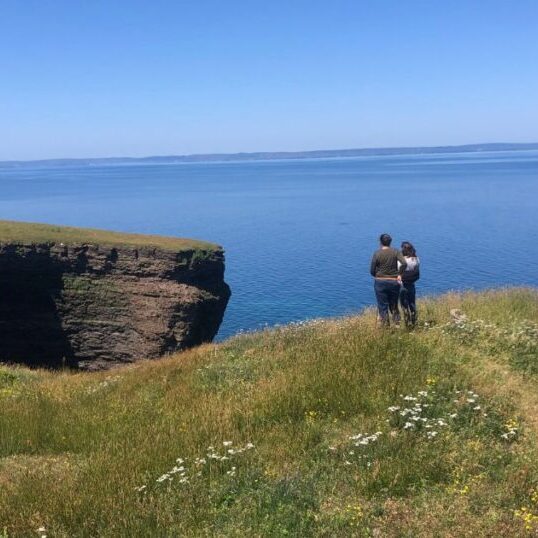



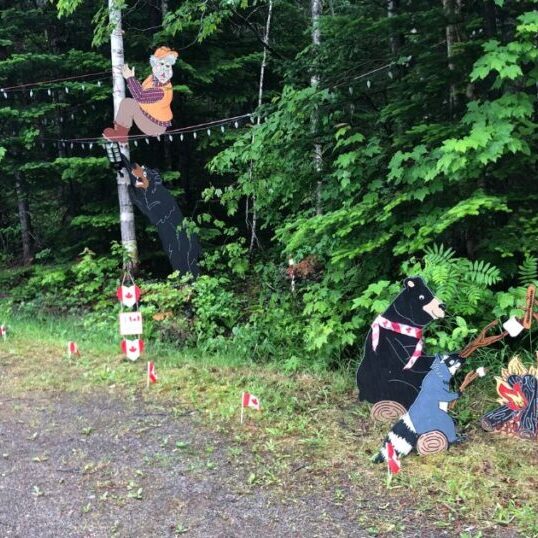

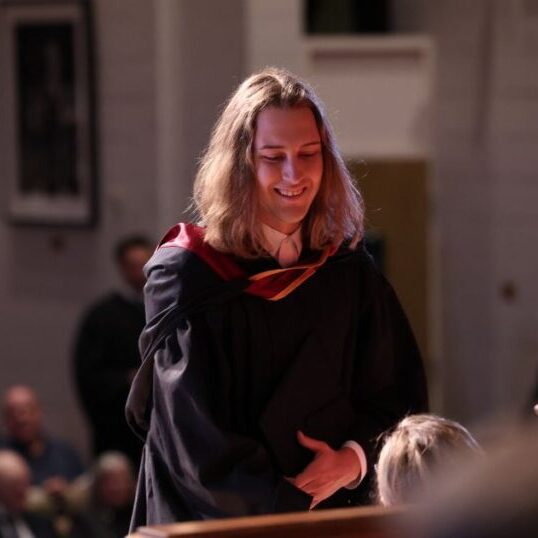
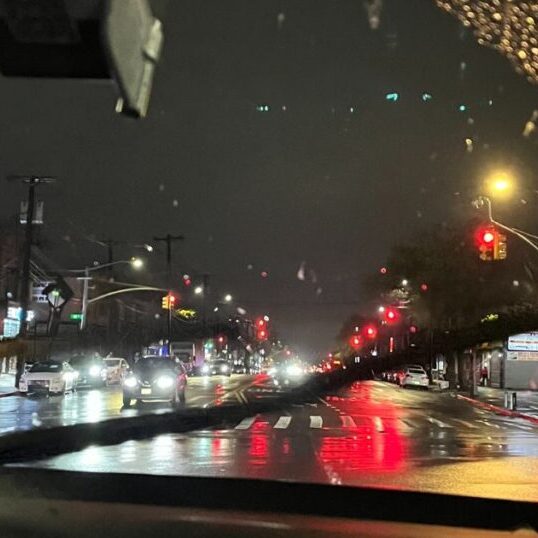




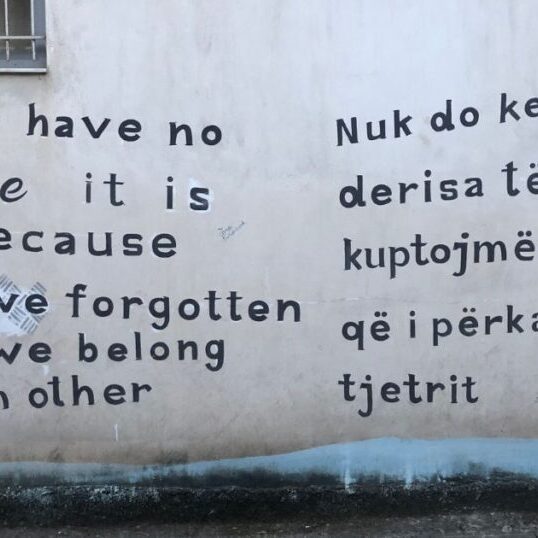



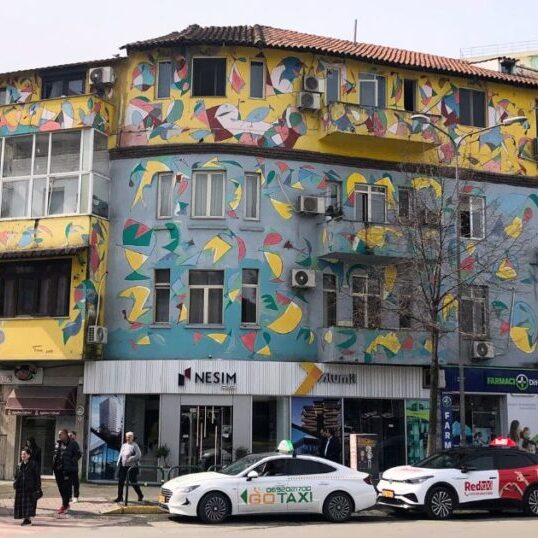


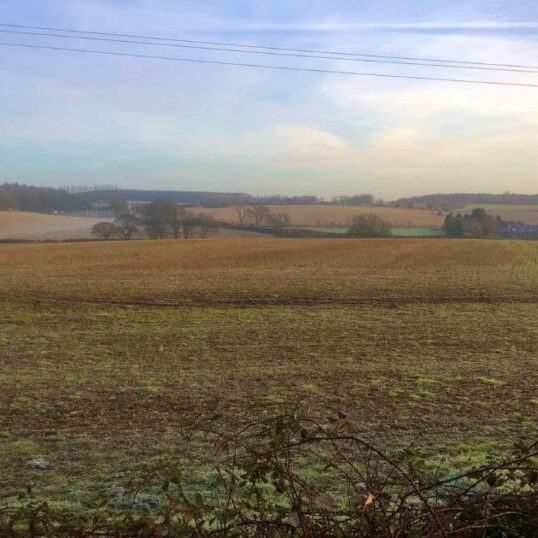




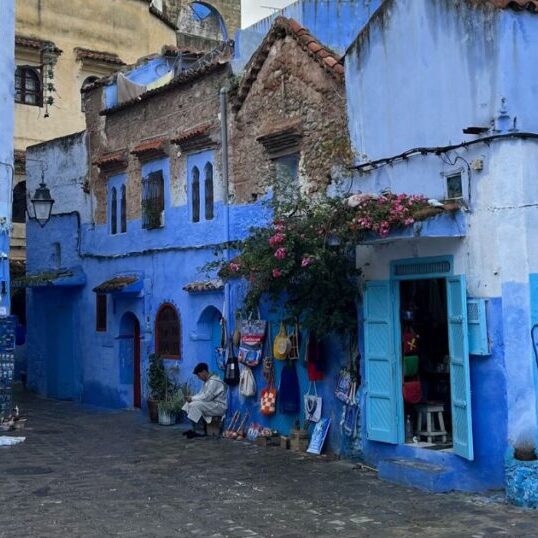


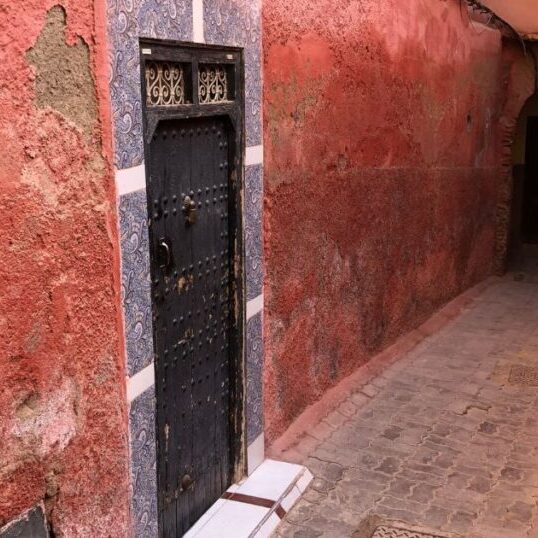




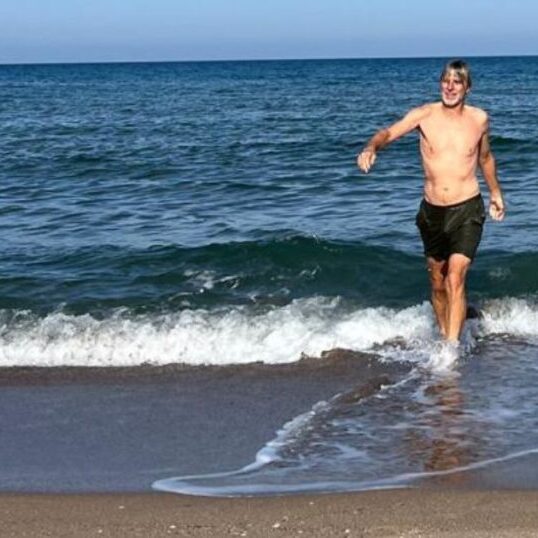




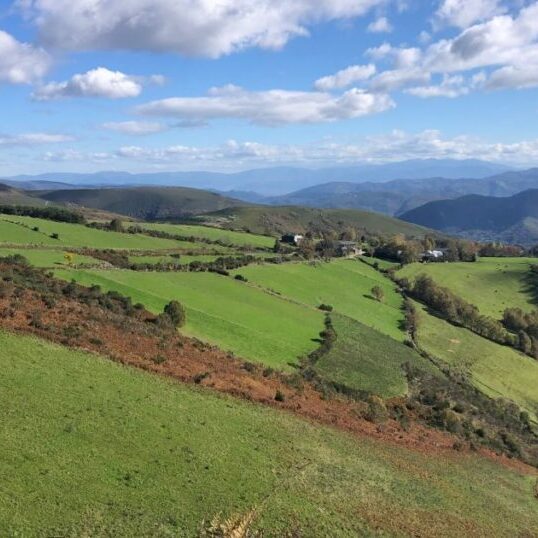

Thanks for sharing your Cuba reflections. Nyanza and I spent 3 months there when she was 3 yrs old. We lived in Viñales for about 4 weeks – in the country beyond the cars. We lived in Vedado, the University area, Cienfuegos, Trinidad and even in an international communist camp (folks from Iran, South America, Russia, Ukraine, Europe, Africa). We were illegally hidden by a family who pick us up from the airport upon arrival – Nyanza got sick and we couldn’t leave so they graciously hid us until she was well again. It was an amazing experience. All places were casa particulares and we lived the real cuba – black market lobster, horse disguised as steak, rules on what is illegal for cubans to eat, playgrounds made of metal in the hot sun, the reality of food rations, the reality of toilet paper, grown men crowed around broken cel phones, Columbian soap operas, the honouring of kids, music music music, finding honey and yogurt through the trails of donated clothing, permaculture farming, learning about Santarini and the shrines, being treated as a “messenger” of some sort and receiving confessions or requests from town people (i’m sure for a fee paid to my hosts) – bizarre, extraordinary, humbling, beautiful, frightening – all in one country. Oh and the many marriage proposals…What a place.
Wow, you make my experience look rather bland! I hope my much-less-informed perspective still rang somewhat true for you. I do hope our paths cross again and we can compare notes on Cuba and children and life